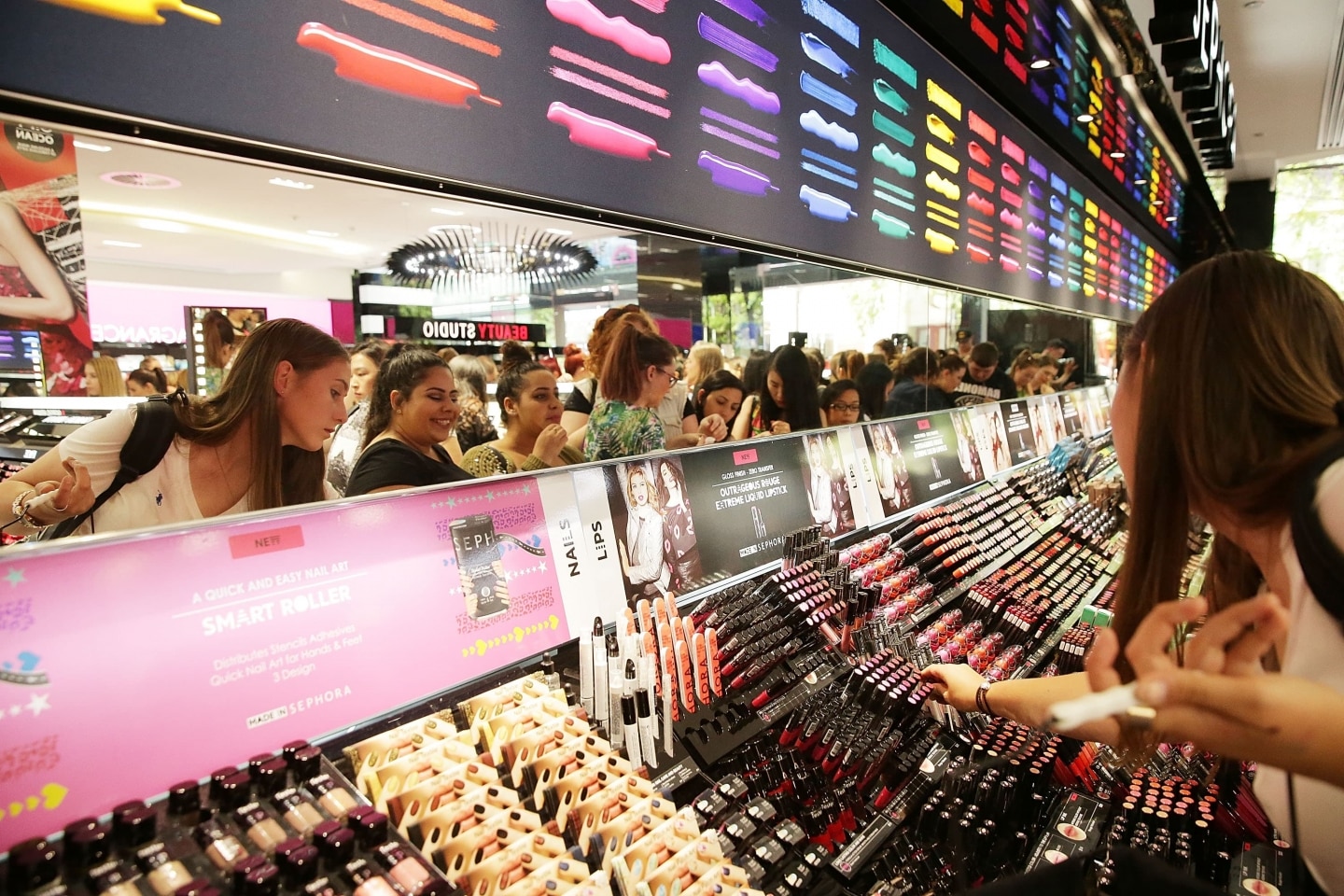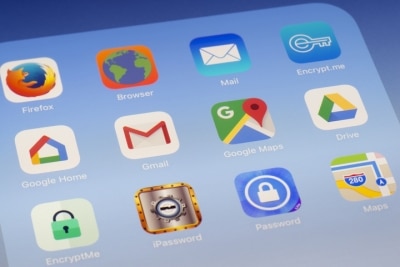Article
How Mobile Drives Content Consumption, Content Drives Revenue at Sephora and Retail Drives New Revenue at Buzzfeed
October 18, 2016

Surprising new data has uncovered a huge appetite for digital media among mobile users: almost two out of every three minutes spent with online publications happens on a smartphone or tablet. Beauty retailer Sephora makes hay from this trend of consuming content on small screens by creating videos for its mobile app that turn shoppers into engaged viewers and then into buyers. Buzzfeed also wants to make money from its engaged audience with its new online clothing store. Read on to learn more about how shoppers are being driven to consume media and media consumers are being driven to shop.
Mobile Digital Media Apps Are Ruling Reader Engagement
If any digital media properties still doubt the importance of mobile, a new report from a comScore should prove persuasive.
Seventy-five percent of the time, when consumers go online, they do it via a mobile device. Their use of such devices to engage with digital media has increased 53 percent since 2013, according to the report. Here’s what mobile engagement looks like now:
— Mobile represents almost two out of three minutes spent with digital media.
— Apps have an 80 percent share of the mobile readership growth, and account for 50 percent of digital media time.
— Among the top 1000 digital media properties, mobile gains have led to a 36 percent increase in audience size.
The report also notes that consumers are experiencing push notification fatigue: 38 percent of users say they rarely or never agree to accept push notifications, up from 31 percent in 2015. As consumers become inundated with more push notifications, and with requests to receive even more, publishers will need to become more sophisticated in their use. As we know from our experience with email, personalization can do wonders to keep key engagement channels open.
How Sephora Uses Content To Transform Millennials Into Engaged Content Consumers
As the cosmetics industry embraces digital marketing, Sephora is able to consistently hit the right note with its millennial target consumer. The company’s latest digital offering is an Android application that, like its iPhone app, drives commerce with education-based content, as reported in Mobile Commerce Daily.
In imitation of the Internet’s successful beauty vloggers, Sephora’s new online videos offer how to tips, tricks and expertise. Access to these tutorials, product demos and “get-the-look” clips, however, is reserved exclusively for app users, encouraging downloads and keeping consumers engaged.
The ultimate end goal, of course, is sales. Viewers can click “add to basket” right from a video or bring their app in-store to buy the product they want. That helps Sephora continue its explosive growth with millennials who, as Racked notes, dominate the beauty-buying space.
With a New Online Store, BuzzFeed Shopifies Its Audience
This summer BuzzFeed Shop opened an online store to sell BuzzFeed swag, including t-shirt, socks, buttons and more emblazoned with slogans and meme-style text and images. This new ecommerce venture is part of a larger effort at the publication to create “shoppable” content for readers, noted BuzzFeed’s head of commerce Tessa Gould in Poynter.
Gould’s title alone exposes BuzzFeed’s strategy to find new revenue streams. “[C]ommerce is…a small but fast growing revenue stream for BuzzFeed,” she also noted to Poynter.
If the Buzzfeed retail venture is successful, other publishers may want to explore about ways to shopify their content with products relevant to their audiences.
The State of Brand Loyalty in the U.S. in 2023
Related



